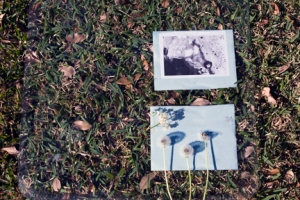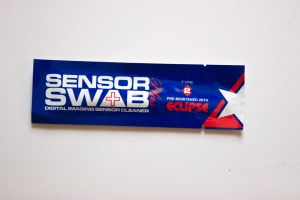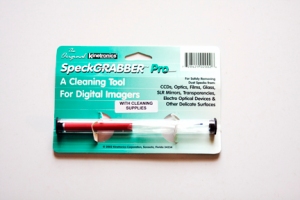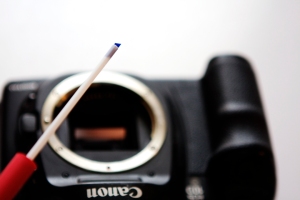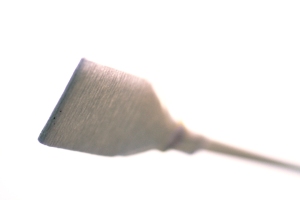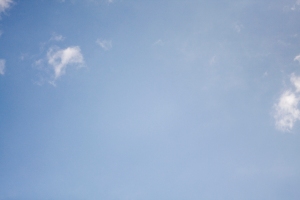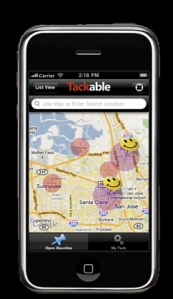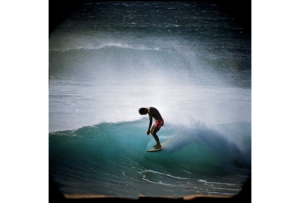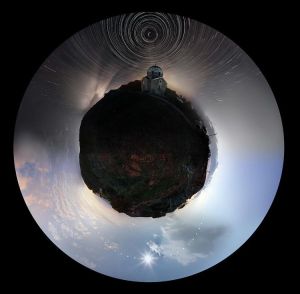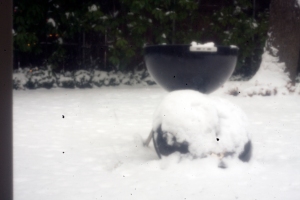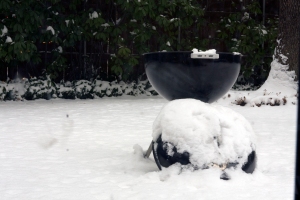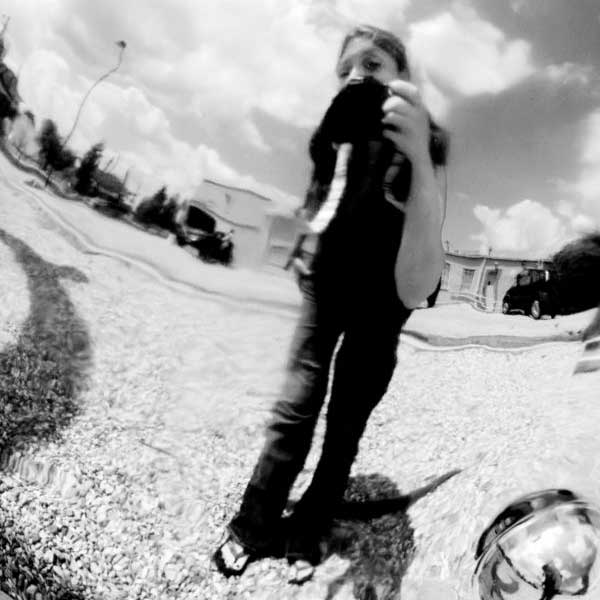A lesson in fine documentary skills

While I am a big fan of documentaries in general, and the photo documentary remains one of my favorite forms of expression, often you can’t even finish saying the word “documentary” before people think immediately of Ken Burns and start to roll their eyes and yawn. (I love you Ken Burns, but a lot of people think your work is boring. I blame our ever dwindling attention spans and well-intentioned bad parenting.)
So what is that “special something” that makes a photo documentary enjoyable for most audiences? The obvious answer is compelling images. A collection of compelling images, however, is just the half of it. A good photog can do a whole series of compelling images of people watching tv, but without something tying them all together you have just that. A bunch of compelling images of people watching tv. I’m yawning just thinking about it. I think it all boils down to one word: juxtaposition. That ever so subtle placement of polar opposites in one place, creating visual irony and begetting emotional response from the viewer. Life and death, youthful exuberance meets the curmudgeon, and the idiot savant are some of the popular subject matters that have yielded excellent documentaries and stories told since the birth of the medium.
The juxtaposition can be within the subject of the documentary or in the presentation. Take your compelling images of couch potatoes bathing – no, basking in tv glow and present them next to photos of people sunbathing and suddenly you’ve got a little social commentary. Sometimes, however, life provides you with a little juxtaposition and it’s our job, as documentarists, to observe the subtleties of the human condition and tell the story in an appealing (yet truthful) representation. And then sometimes life literally dumps a situation where the irony isn’t so subtle.
I happened upon a little gem by photographer Andrew McConnell that provides the perfect example of a great documentary coupling beautiful imagery with an astounding story. Enter Agbogbloshie.
First, a little background:
Have you ever wondered what happens to all those old computers? As soon as you buy a new one these days it’s almost obsolete, just the way your car depreciates the second you drive it off the lot. You take it to be “recycled” but is it really “recycled” in the way we think of recycling old paper and turning it into toilet paper? Do you really know where it goes? Chances are, some form of technology you have used and discarded has ended up in a place called Agbogbloshie. Agbogbloshie is a suburb of Accra, Ghana that has turned into a slum and wasteland of e-waste from foreign countries across Europe and from (gasp) the United States. Yes, folks, disposing of computers here is too expensive due to their being made of toxic substances, so we ship it elsewhere and sweep it under the rugs of the people of Agbogbloshie. The inhabitants of Agbogbloshie go through the materials in search of metals and hard drives that can turned around and sold. The toxic materials, however, are taking their toll on the people and the environment.
The story has come and gone over the last few years and a handful of photojournalists and news outlets have travelledto this “Sodom and Gomora” (as it is sometimes referred to) to tell this story. McAllen’s representation of this tragic issue is probably the best of the bunch.
Wanna see more? Check out the full gallery.
Hello, sun
Today I have the perfect little DIY project: it’s cheap, easy and old-school.
Sun prints!
Remember those blue pieces of paper you put in the sun and lay things on? In my first black and white class, our first project was the photogram. The process is nearly identical, the paper and developing solution is the only difference. I am actually going to show you how to do this both the old-school way by lying objects on the paper AND how to make a sunprint that actually looks, more or less, like a photograph. I’ve been using these as the CD jacket for my portrait clients, just for something different. This project is also good for kids. I do not have many tricks up my sleeve when it comes to entertaining children, but this happens to be one of them.
Here’s what you need:
•Sun print paper. I had a hard time finding this at any of the art supply stores in town and ordered online.
•A digital photo and the means to make it black and white, invert it, and print it off on regular computer paper.
•Objects to set on top of the paper. Objects of varying transparency tend to look a little better, just keep in mind if you use something solid all you’re gettin’ is the outline.
•Scotch tape
•Something flat and clear with a little weight to it. A piece of glass or plexi-glass is gonna be your best option. Don’t have any glass just lying around? Try using some from a picture frame. Just be careful of those sharp edges!
•A dish of water
First, for your sun print-photograph, select an image. Images high in contrast without tiny important details work best. Open the image in your photo-editing software and make it black and white. It’s also beneficial to increase the contrast pretty high. Next, invert your photograph so it looks like a negative. (In photoshop, on a Mac anyway, it’s command (apple) “i”). Then crop and re size the image to fit on your paper. I like to make it a little smaller than the paper so I can do some trimming and I don’t have to worry about the tape ripping off part of my final image.
Next, tape the image to your glass with the image showing through on the other side, and tape a piece of sun print paper over it. If you are doing both kinds of sun prints at the same time, tape another piece of sun print paper to the glass.
For your photogram sunprint, have your items on hand. Lay the glass in the sun, and place your objects over the blank piece of sunprint paper. You could also do a combo and try placing objects over the one you are making with a print!
Let the paper lay in the sun for 10-20 minutes. You can pull back the sun print paper to check on it if you want. This is difficult if you have things laying on top of the glass, as you do not want to move them. Guesstimation is acceptable. It’s kind of trial and error.
While you are waiting, fill a dish that your paper will fit in with water.
When you are done exposing the prints, take them off the glass and put them in the water. They really only need about 30 seconds.
Take them out and let them dry! Try not to rub or wipe anything across the print while it’s wet, it may smudge.
Note that I somehow totally messed up my first photogram attempt, so I had to do a redo. This time I used dehydrated tomatoes! You can see where I tried to put feathers on there, but they blew away. Maybe feathers are good for indoors, or smashed in between the paper and the glass.

The tomatoes turned out to be a little more on the abstract side. Blue will darken as it it dries. ©Laura Bute Photography
The sun print paper is extremely thin, almost like newspaper. For my CD jackets I spray mount them onto card stock. Sounds difficult, it’s really not. Buy some spray mount and something to put it on, poster board or card stock or whatever else you have lying around. Follow the instructions on the can.
Earthquake Imagery

First I’d like to say that our hearts go out to the Japanese people and their families during this difficult time. The images piped into our living rooms of the disaster is nothing short of heartbreaking. For those ready and willing to donate, I’d like to suggest the Red Cross. While donating to the Red Cross is donating to the organization as a whole, with the Red Cross you always know your money isn’t going into unscrupulous hands. If you are interested in specifically donating to the people affected by this month’s earthquake and tsunami, contact your local chapter to see if they have set up a fund or you can donate directly to the Japanese Red Cross.
Especially those Americans that have ever lived in the West Coast, we can definitely say we’ve been there and we empathize. We all remember the San Francisco quake in ’89, and that imagery of the highway that had collapsed on itself. San Francisco was also rattled by a big earthquake in 1906. While no one living today remembers that particular incident, the Smithsonian Institute has recently uncovered photographs taken just after the 1906 quake. The images were shot by photographer and inventor Frederick Ives and here’s a curveball: they are in color. The images are possibly the first color photographs ever taken of San Francisco. The photos were also meant to be in 3-D when viewed through a special viewer Ives made. Quite the innovator, that Ives. The images are moving in multiple ways, both as a revisit to the destruction of the earthquake and offering a sense of nostalgia at seeing a city in color for the first time.
A clean photo is a happy photo

There is nothing worse than going in to edit some photos and seeing dust all over your images. Dust is a nasty little devil that can really give you a headache in post production. Dust on your images can come from a few different places: your lens, the subject itself or your image sensor (assuming you are using a DSLR – if not move along, this post is not for you). Dust on any or all of these areas can lead to a really dirty photo, like this:
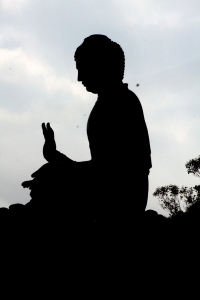 If you click on the image to enlarge, you can see the image is extremely dirty, and would take quite a bit of time to take out all those little specks. A good way to tell if you have dust on your equipment is to take a picture of the sky, as this is where these little monsters show up best. Keep in mind I am talking about dust on the final image, not when you look through your camera. Dust can often collect on your viewfinder or mirrors, but those dust particles will not end up on your final image.
If you click on the image to enlarge, you can see the image is extremely dirty, and would take quite a bit of time to take out all those little specks. A good way to tell if you have dust on your equipment is to take a picture of the sky, as this is where these little monsters show up best. Keep in mind I am talking about dust on the final image, not when you look through your camera. Dust can often collect on your viewfinder or mirrors, but those dust particles will not end up on your final image.
Getting rid of dust is relatively intuitive: clean it! This is pretty self-explanatory for your subject matter and your lenses. Investing in a good anti-static lens cloth is definitely worth it, and not too terribly expensive. In my experience, the lens paper works okay but can also leave its own little particles behind. Cleaning your sensor, however, is a different story and can be scary. You can opt to take it somewhere to do it. The plus side to this is they accept the liability should your sensor get damaged in the process. However, another photographer once complained to me, “I paid 50 @#$% dollars to watch him swab a @#$% stick and stick it in there.” So. If something like that would anger you, I would suggest buying a swab and doing it yourself. I got two different types of cleaning devices:
First, remove your lens or body cover. Then go into your camera menu and find the “Sensor Clean” function. This flips up the mirror and exposes the sensor for cleaning until you turn off the camera.
I will start with the “Speck Grabber Pro.”
Overall Rating: meh
Pros: Reusable, alcohol swabs can be replaced cheaply, cheaper price.
Cons: The tool needs to be cleaned quite often or else you risk dragging a fleck of dust across your sensor, thus scratching it. Use of this tool also requires an extremely light touch.
Overall, it wasn’t an easy process. It also comes with teeny tiny directions that mostly cover any liability on the company should you accidentally damage your sensor. That many warnings can make one nervous about how often the tool has damaged a sensor. (I practiced first on my old 10D just in case.)
Now, the Sensor Swab:
Overall Rating: Yay!
Pros: The swab is shaped just the right size for your sensor. The process is much easier, just wipe across and back. No cleaning. Instructions were clear and simple despite the fact that I ripped them apart while opening the package.
Cons: They are a more expensive option, and you have to make sure you are buying the right one for your type of sensor.
This swab was really easy to use, and the instructions even tell you how much pressure to apply (push until the stick bends a little), so you know you aren’t doing it too hard. I could also see the dust flecks on the swab after i finished. I don’t know why this makes it better, but it provided resolution to the process. I could look at those little dusties and say, “Aha! Gotcha!”
So the winner is: Sensor Swab, due to its ease of use and lack of maintenance. Now I am ready to shoot clean. Are you?
DIY Backdrop, insert baby/pet
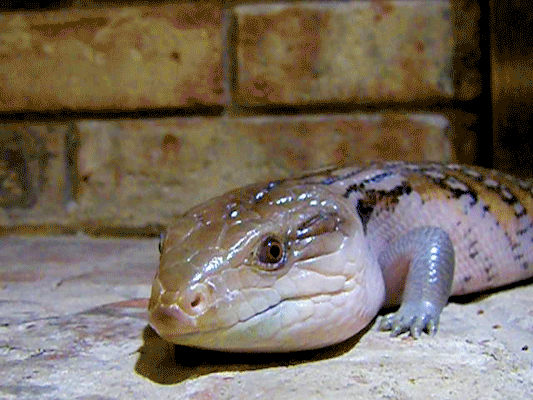
Making backdrops on the floor and inserting your favorite baby/pet has become all the rage lately. I believe it started with Adele Enersen, who was bored to tears on maternity leave and started wondering what her new kiddo was dreaming about. She started taking fabric and creating all the dreamy possibilities as backdrops on the floor. Some of us DIYers love this idea, but don’t have all the time in the world to make sunshine out of blankets, so some of us become one with our inner kindergartner and resort to construction paper. While maybe slightly less classy, it gets the job done.
Naturally I had to make one of my own of our beloved pet: Dog, the blue tongued skink. I thought a Godzilla scene would be fitting. Enjoy!
Remembering Leroy Grannis, dude
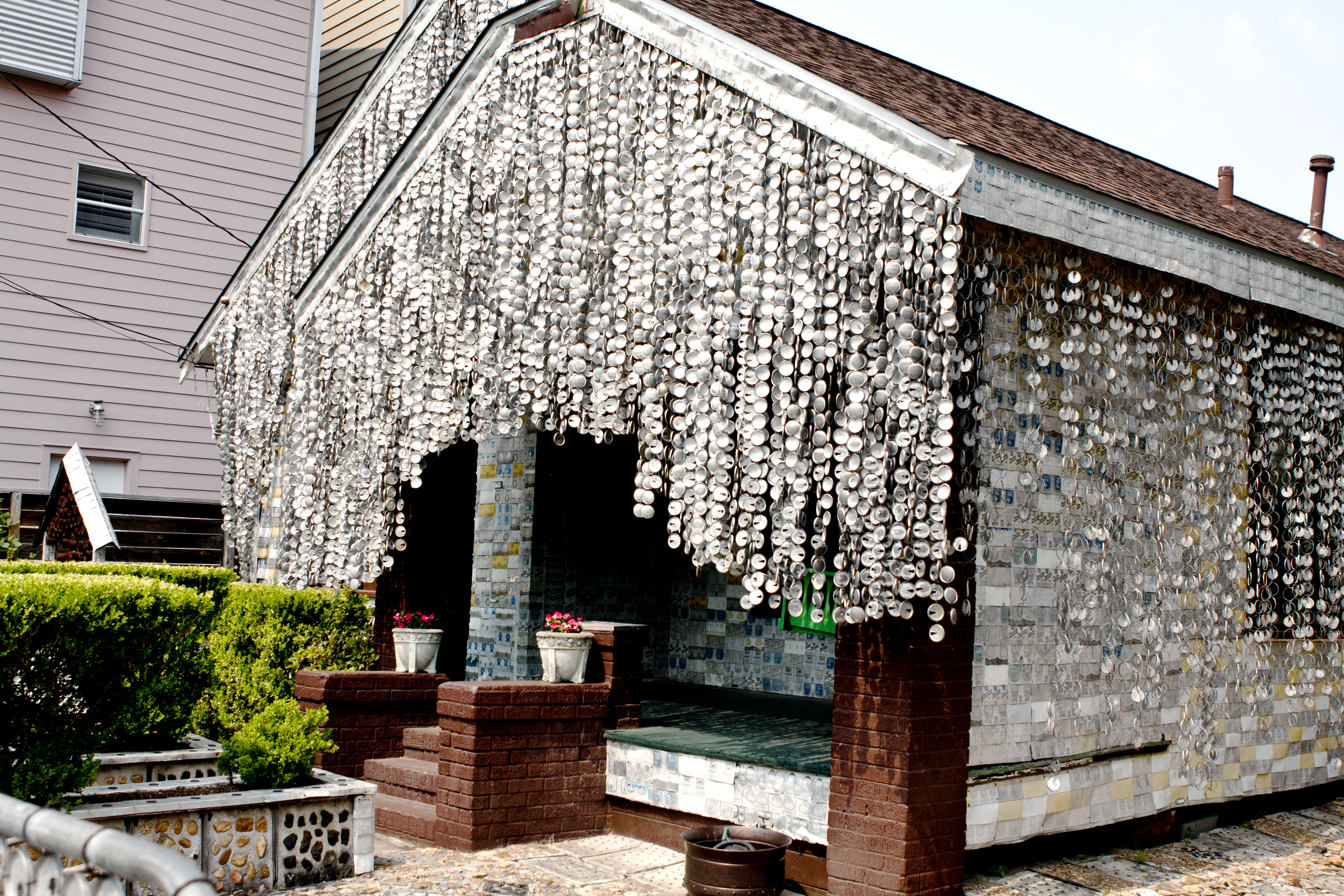
Some photographers work their patooties off to make a living while others find their claim to fame in a teeny tiny niche. Enter Leroy Grannis, legendary photographer and surfer. Apparently in the late 50’s, he was stressed at work, went to the doctor for symptoms associated with an ulcer, and the doctor told him to take up a hobby. A friend suggested he do more with photography. Grannis began to photograph the surfing culture in the 60’s and 70’s and worked his way into becoming a legend in both the world of surfing and photography.
Earlier this month, Grannis died of natural causes at 93 years old. For those of you pining for beaches and warmer days, check out more of his work. It’s worth a looksee.
A Day in Pictures
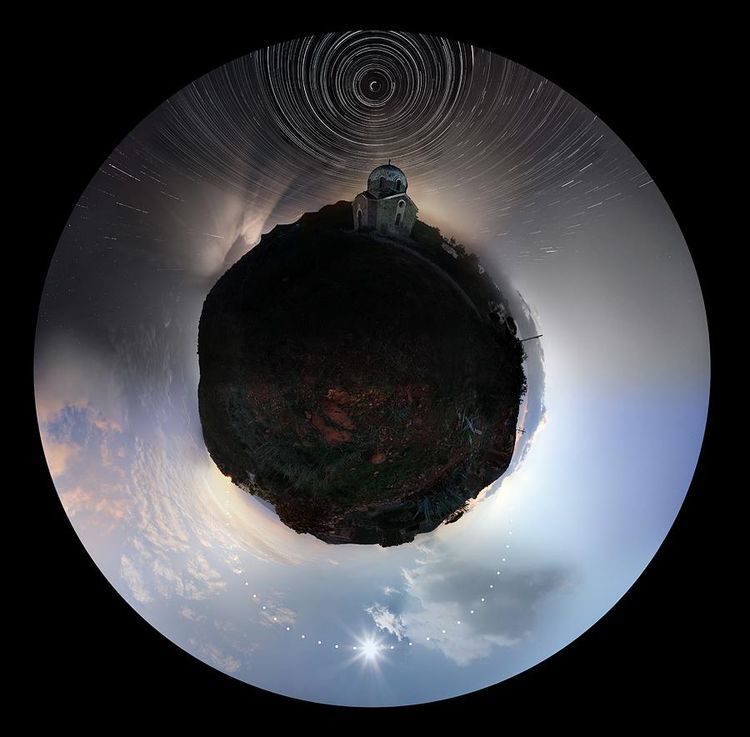
A common photo project, especially for newbies, is some variation of “a day in photographs,” meaning you keep a camera with you for a full day and shoot whatever strikes your fancy. I had to do a project like this in college, and might very well dedicate a whole 24-hours to shooting personal work again one day. Then once in a while you come across a photographer like Greek photog Chris Kotsiopoulos who takes a simple idea like “a day in pictures” and takes it to the next level and then some.
Kostiopoulos photographed the sky for 24 hours, capturing the movement of the sun, star trails, and even the Temple of Poseidon. After 30 hours of shooting and 12 hours in post production, his final image is nothing short of amazing. Read more about his process at Earth and Science. Also take a few minutes (if you could use a distraction from your work day) to check out the other images on his website, boasting beautiful sky and star pictures in addition to star trails galore.
The Digital Pinhole
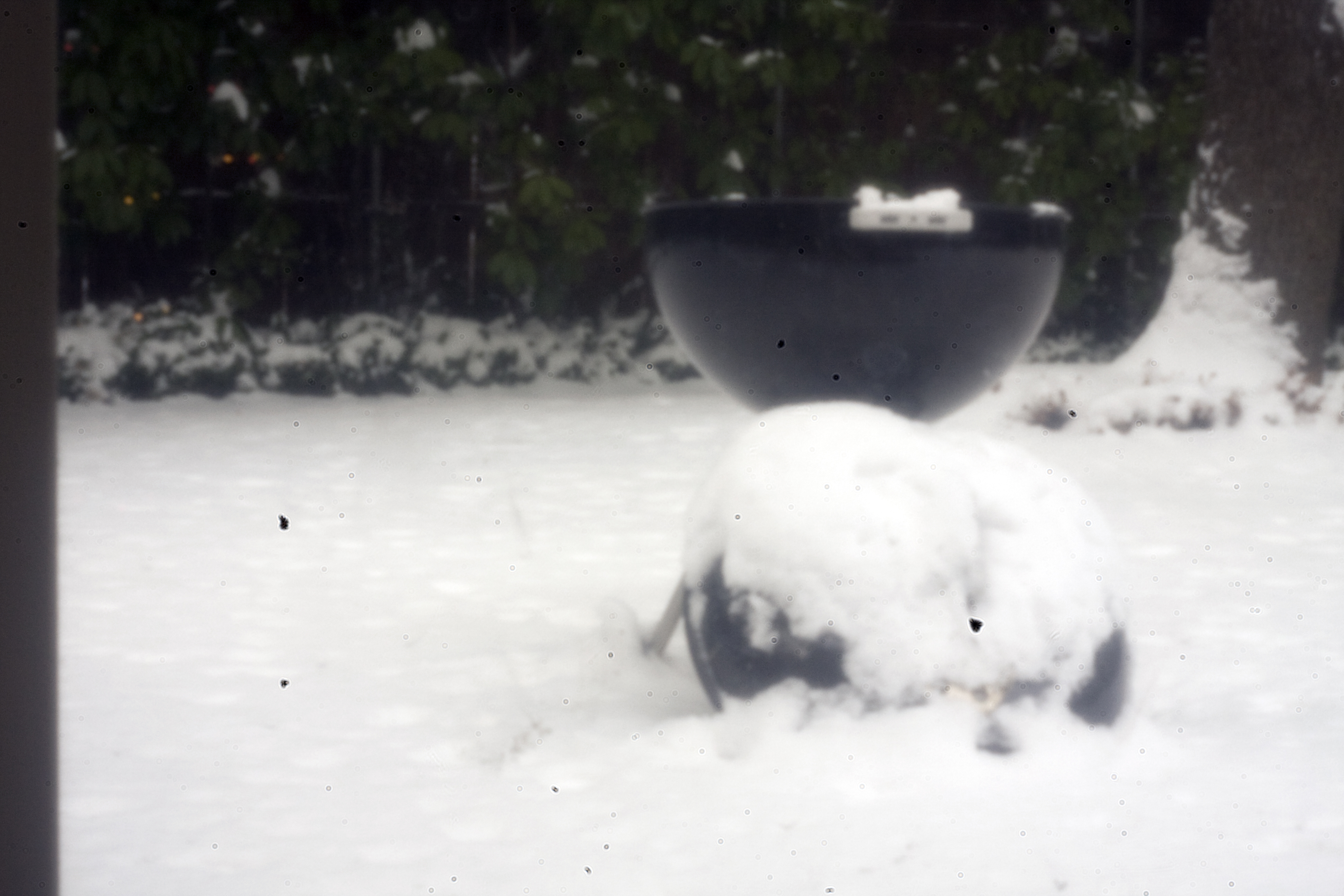
Pinhole photography has always been swathed in romance. After all, how can a camera so primitive yield such rich and dreamy results? In the digital age, however, the use of pinhole cameras has dwindled right along with film. The only photographers left using them are a few die-hards that are now the stuff of feature stories because their age-old processes make them unique. For those of us that have thrown film and negatives to the wayside, don’t fret! This is the age, after all, of technology and one can create pinhole images using their digital cameras.
The idea is rather simple, and many DIY photogs figured it out a while ago. All you need is a hole the size of a pin attached to your camera body. This led to a host of folks poking holes in their camera body caps and doing a lot of trial and error when it comes to exposure. Yes folks, in this age of technology the pinhole still maintains its primitive heritage. The one problem with this do-it-yourself pinhole “lens” is of course dust. Some people are quite uncomfortable exposing the image sensor on their multi-thousand-dollar camera bodies to the elements. The folks at Pinhole Resource have responded to this niche market with a pinhole body cap conveniently equipped with (drum roll please……..) a tiny piece of plastic covering that little hole! I repeat: yes folks, in this age of technology the pinhole still maintains its primitive heritage. I happened to receive one of these bad boys for Christmas, and here are the pro’s and con’s.
Pros:
- It’s cheap. At around $50, this is even cheaper than those cruddy kit lenses camera stores sell to amateurs.
- While the effect may not be exactly what you had in mind, the results definitely fall into the “dreamy” category.
- While digital remains king and megapixels are rising faster than the stock market, the trends at the moment are leaning towards vintage and low-fi.With the digital pinhole cap, your images step backwards and retain a little of that film-esque, low-fi look.
- It does, in fact, protect your sensor from dust.
Cons
- It’s a fixed f stop of 166. This makes a tripod necessary, even in full sun.
- You can forget about framing your image through the viewfinder. In full sun and if you shield your eyes, you can see a faint outline of what’s in the frame through the viewfinder. Otherwise it’s guesswork.
- The pinhole cap only works on manual. For those of you that shoot on auto settings, suck it up and put it on manual. It will be good for you, I promise.
- Everything photography school tells us would make you think with such an extreme f stop the images would besharp as a tack no matter the depth of field, but they are not. If you are the type that’s not into “soft focus is art,” move along, this product is not for you.
Finally, I have taken (almost) the same image with the pinhole cap and my Canon 24-70L series with the zoom at 50mm to show you an example of what to expect.
As you can see upon further examination, my image sensor needs to be cleaned. Next up in Gadgets and Gizmos: image sensor cleaning kits. A how-to and are they worth it?
A Photo Story from North Brother Island
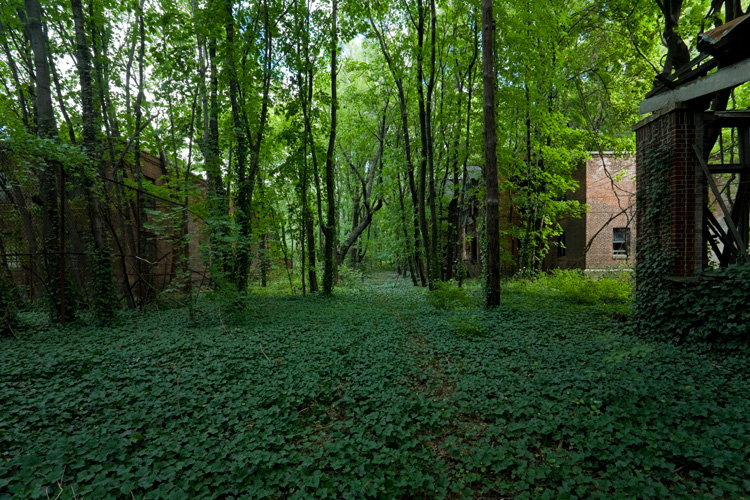
Okay people, I am a sucker for the photo essay so I will likely be posting a lot of them here. Enjoy!
First, I bring you a story-in-images from photographer Richard Nickel, Jr. He recently paid a visit to North Brother Island, an island off the coast of New York in the East River. North Brother Island was home to a hospital intended to quarantine smallpox patients in the late 1800s. The hospital later expanded to include quarantine patients of many diseases, including the infamous “Typhoid Mary.” Over the years the hospital has closed and reopened a number of times, once to house war veterans, once to rehabilitate drug addicts. This hospital was closed in the 1960s due to staff corruption. Nickel visited the island and documented what remains. Check out the full photo essay on Nickel’s blog.

The refrigeration room in the morgue. Individual cabinets for corpses were not used in this morgue. Mary Mallon – widely known as Typhoid Mary – worked in the pathology lab in the same building during her second confinement on the island.©Richard Nickel, Jr.






